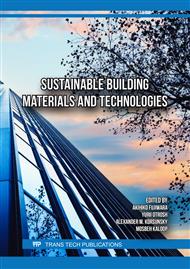p.67
p.75
p.83
p.93
p.99
p.105
p.111
p.119
p.129
Investigation of the Relationship between Concrete Cylinder Dimensions and Compressive Strength
Abstract:
This study aims to explore the correlation between the dimensions of concrete specimens and their compressive strength. In the field of engineering, it is essential to determine concrete strength. Besides the standard cylindrical compressive strength test, core samples are often required for compressive strength testing to verify the quality of concrete. However, coring requires significant time and energy, and the number of available samples is limited. Some projects may not be suitable for coring, necessitating the use of non-destructive testing methods to assess in-situ concrete strength. This research project aims to investigate the correspondence between various specimen sizes and the compressive strength of concrete, establishing corresponding curves for compressive strength of concrete core specimens of different sizes. The results of this research reveal that smaller specimen sizes tend to exhibit slightly higher compressive strength, provided that the concrete mixture is well-blended, and the specimen diameter and the proportion of the largest coarse aggregate nominal diameter comply with specifications. Regardless of specimen size, representative compressive strength values can be obtained. In lower-strength concrete specimens, the quality control aspects have a more substantial influence on compressive strength than specimen size effects.
Info:
Periodical:
Pages:
129-134
Citation:
Online since:
August 2024
Authors:
Keywords:
Price:
Сopyright:
© 2024 Trans Tech Publications Ltd. All Rights Reserved
Share:
Citation:



